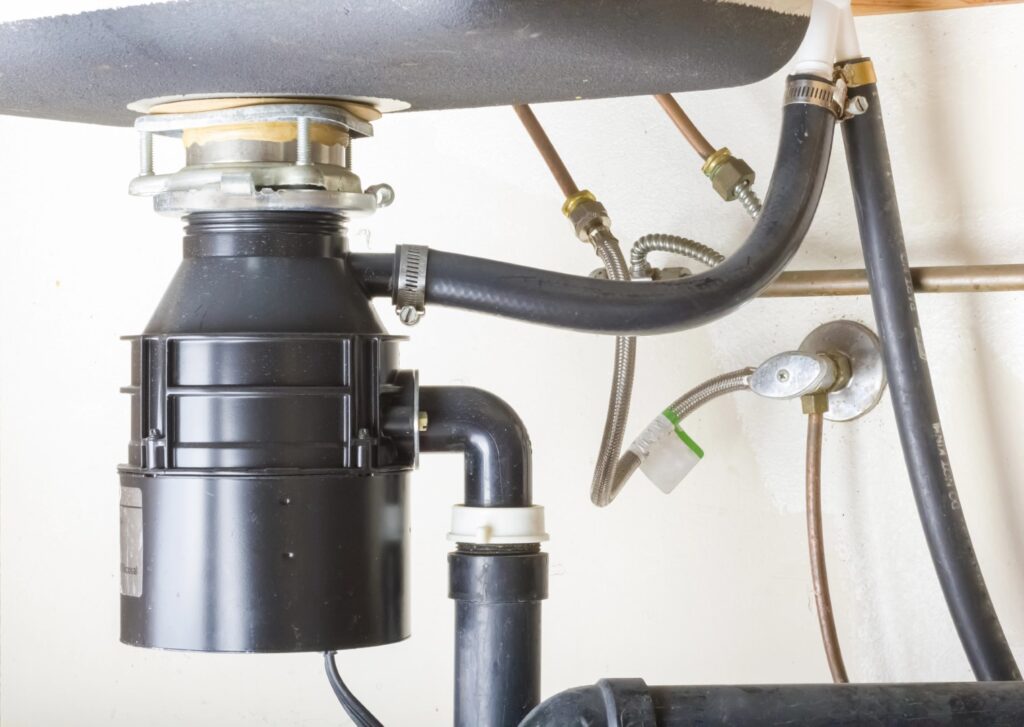
Garbage disposals are essential in modern kitchens, providing an easy way to get rid of food waste and making it easier to hand-wash dishes. While convenient, misusing your disposal can lead to clogs, jams, and costly repairs. That’s why it’s so important to follow best practices for garbage disposal use and avoid major malfunctions.
At Appliance E.M.T., we want you to know how to take care of your home appliances and keep them in great condition for years to come. That’s why we’re presenting this guide to garbage disposal best practices so you can extend the life of your appliance and prevent stressful problems.
1. Understand How Your Garbage Disposal Works
Understanding how your garbage disposal works is essential for using it properly. The disposal grinds waste using impellers and a shredder ring — not blades, as many people think. It’s designed to get rid of small bits of food waste, not large meal scraps or non-food items. When you overload the disposal or insert the wrong materials, it can damage the motor or plumbing, necessitating repairs or replacement.
2. What You Should and Shouldn’t Put in Your Garbage Disposal
Speaking of what your garbage disposal is made for, let’s take a closer look at what you should and shouldn’t put in your garbage disposal. Stick to soft foods that break down easily, such as fruit scraps, cooked vegetables, or small amounts of pasta or rice. You can also put small citrus peels or ice cubes in the disposal to help clean and freshen it.
You should avoid these items:
- Fibrous foods: Celery, corn husks, and onion skins can tangle in the blades.
- Starchy foods: Potatoes, rice, and pasta can expand and cause clogs.
- Grease and fats: These substances coat pipes and lead to buildup.
- Bones, shells, pits, or coffee grounds: Hard materials can damage parts or create sludge.
- Non-food materials: Plastic, metal, glass, and paper towels should never be put down the drain.
3. Daily Use Tips for a Healthy Disposal
Keeping your garbage disposal in good condition requires thoughtful, strategic use. It’s a good idea to run the cold water before and after use to help solidify fats and flush particles. Instead of dumping everything in all at once, feed waste slowly, and keep it running for a few seconds after grinding to ensure the debris clears the drain. Avoid using drain cleaners or other harsh chemicals that can corrode internal components.

4. Stay on Top of Regular Cleaning and Maintenance
It’s important to stay on top of regular cleaning and maintenance. Like we mentioned before, you can grind ice cubes and citrus peels weekly for freshness. Once a month, use a mixture of baking soda and vinegar followed by boiling water to deep clean your disposal. If smells persist, clean the rubber splash guard under the sink.
Regularly inspect your disposal for leaks or slow draining. When you detect issues early, you can avoid major malfunctions and keep your kitchen running smoothly.
5. Avoid These Common Mistakes Homeowners Make
Avoid making common mistakes that can put your garbage disposal at risk, such as using hot water while grinding greasy foods, which can spread grease instead of hardening it. Don’t ignore strange noises or jams, as doing so can damage the motor. Additionally, avoid running the disposal without water or overloading the unit, which can lead to clogs.
When to Call the Professionals at Appliance E.M.T.

Taking proper care of your garbage disposal means fewer repairs and a longer lifespan. However, even when you follow best practices for garbage disposal use, you may still encounter issues. If this occurs, contact the experts at Appliance E.M.T. for help.
We can help you with persistent clogs, strange grinding noises, electrical issues, humming without movement, leaks coming from the unit or drain connections, poor grinding performance, or the need for frequent resets. Our team is proud to provide expert garbage disposal repair and replacement services in Weber and Davis counties.
Contact Appliance E.M.T. today to learn more about garbage disposal best practices, how to keep your appliances in great condition for years to come, or schedule a service appointment with one of our expert technicians.

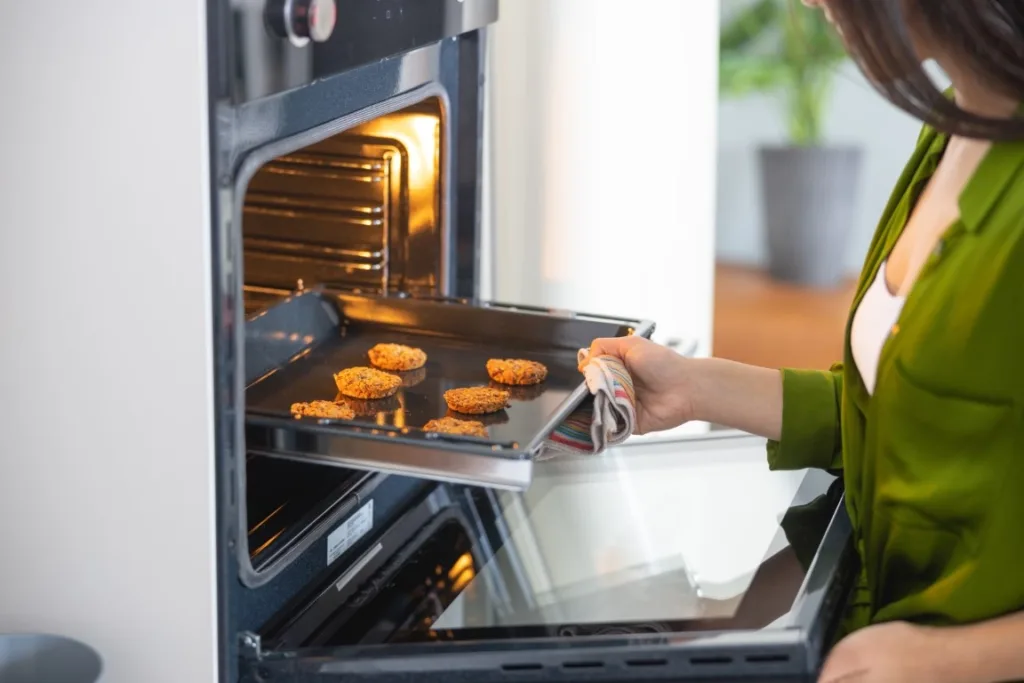

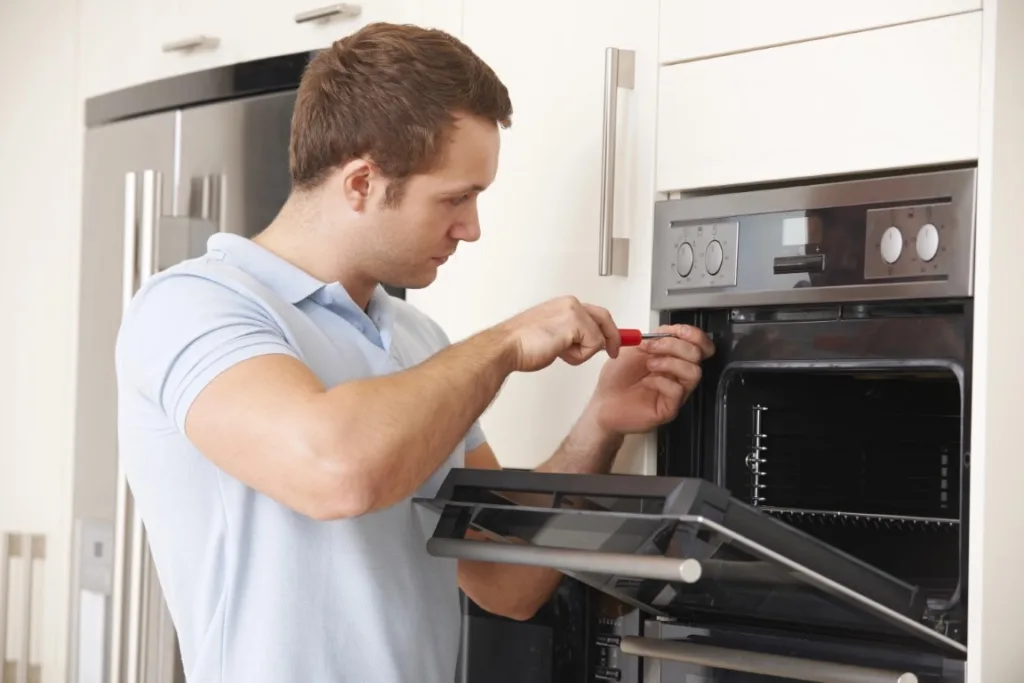
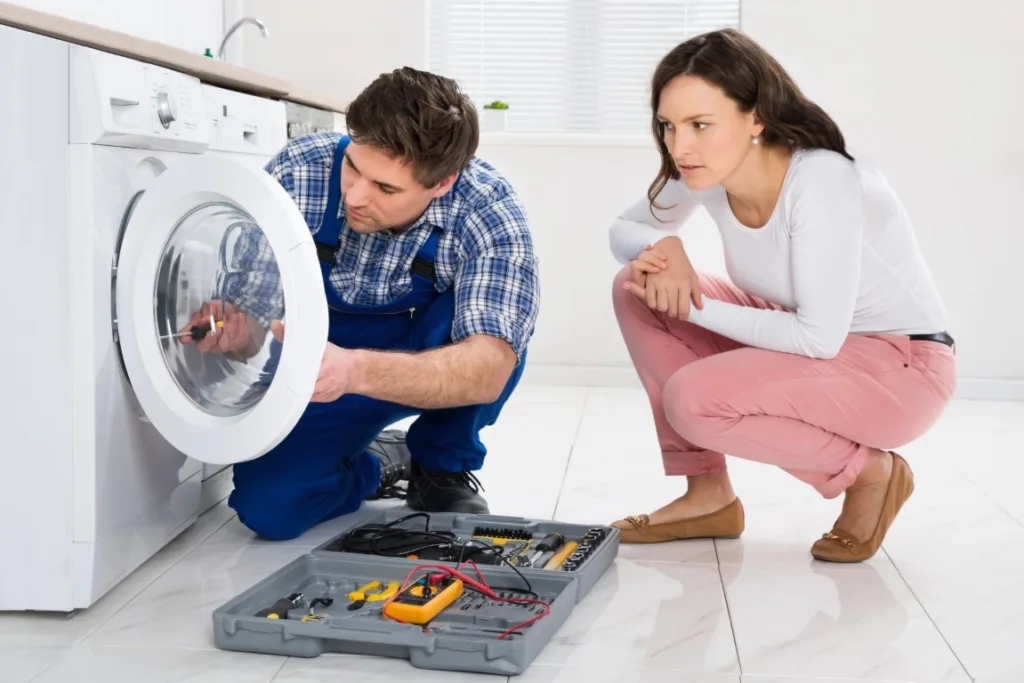
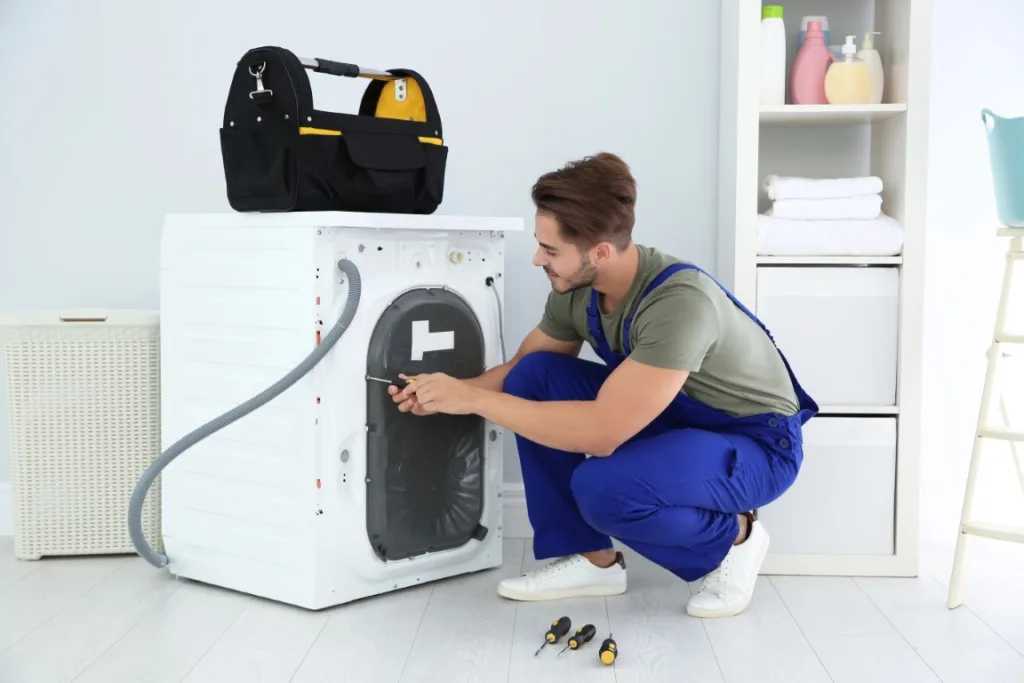
Follow Us